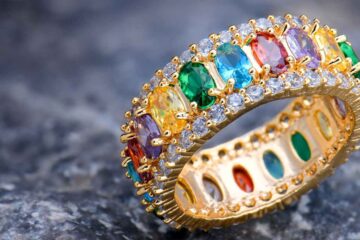Have you ever wondered why your snorkelling experience sometimes diminishes after several uses of your gear? Maintaining your snorkelling equipment is crucial for ensuring each dive is as enjoyable and safe as the first. Proper care increases your gear’s lifespan and enhances your overall snorkelling experience. This can make a significant difference in both visibility and comfort underwater.
Snorkeling gear requires regular maintenance to stay in top condition. By taking proactive steps to care for your equipment, you can ensure reliability and durability during each use. Following these rules will help preserve the quality and functionality of your equipment. Regular maintenance is critical to preventing wear and tear that can affect performance.
Rinse Thoroughly After Each Use
Prevent Saltwater Corrosion
One of the most straightforward yet crucial steps in maintaining equipment is rinsing it thoroughly with fresh water after each use. Over time, saltwater can corrode and damage the material of your snorkel, mask, and fins. Ensure that all salt residue is washed off, focusing on areas where salt and sand might accumulate, such as the buckles and straps.
Dry Properly Before Storage
After rinsing, allow your gear to dry completely in a shaded area. Direct sunlight can spoil the materials over time, especially the silicone parts of your mask and snorkel, which can become brittle under UV exposure.
Inspect and Repair
Regular Checks for Wear and Tear
Check for small tears or cracks in the fins, frayed straps, or a loose mask frame—issues that can worsen over time if not addressed. Consult the manufacturer’s guidelines for minor repairs, as some materials may require specific adhesives or repair kits.
Replace Damaged Parts Promptly
If you find damage that cannot be easily repaired, such as a cracked snorkel tube or a hardened and cracked mask skirt, it’s best to replace these parts immediately.
Store Correctly
Avoid Tight Spaces
Avoid storing your gear in tight spaces where fins can be bent, or masks can be pressed out of shape. Ideally, use a storage bag for snorkelling or diving equipment, which allows for adequate space and protection.
Controlled Environment
Keep your storage area cool and dry. Extreme temperatures and humidity can deteriorate materials like silicone and rubber. A controlled environment prevents the growth of mould and mildew, particularly on equipment that might not have dried completely.
Lubricate Necessary Components
Keep Silicone Soft
Some gear, like masks, have silicone components that can benefit from occasional lubrication to keep them soft and flexible. Use a silicone lubricant designed for snorkelling or diving equipment, applying it sparingly to the mask skirt and strap.
Moving Parts Maintenance
Periodic lubrication can help maintain the function of equipment with mechanical components, such as snorkel valves. Always check the manufacturer’s advice for suitable lubricants and usage instructions to ensure you do not inadvertently damage the components.
Professional Servicing
Annual Check-Ups
Consider having your gear professionally serviced at least once a year, especially if you snorkel frequently. Professional servicing can help diagnose issues not apparent to the untrained eye, such as slow leaks or degradation of internal components.
Deep Cleaning
Professionals can also provide a deep clean that removes buildup from areas that are difficult to clean thoroughly at home. This can extend the life of your equipment and improve its performance.
Maintaining your snorkeling gear doesn’t have to be a chore. Following these simple steps ensures that each snorkelling trip is as fantastic as the first. Regular maintenance saves you money in the long run by extending the life of your equipment but also ensures that your underwater adventures are always safe and enjoyable.
Keep an eye for more news & updates on DiscoverTribune.Org!




